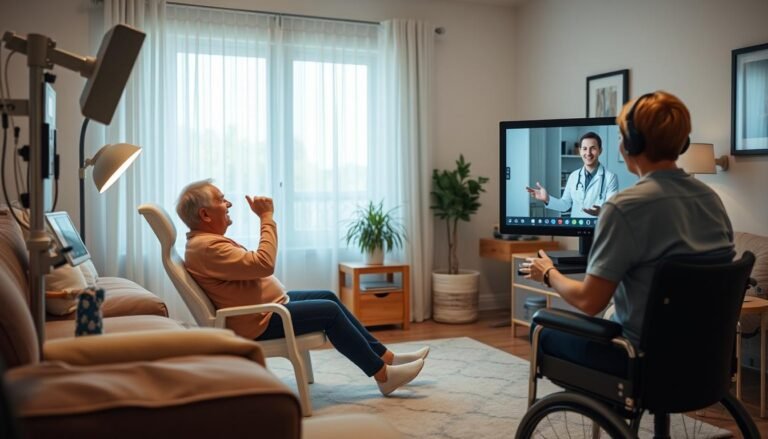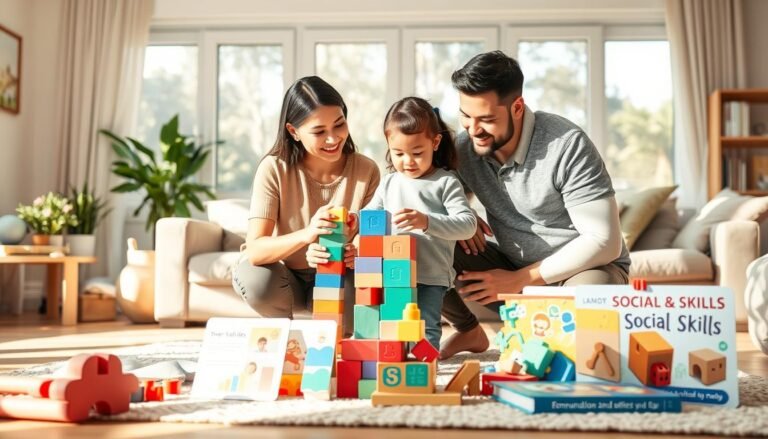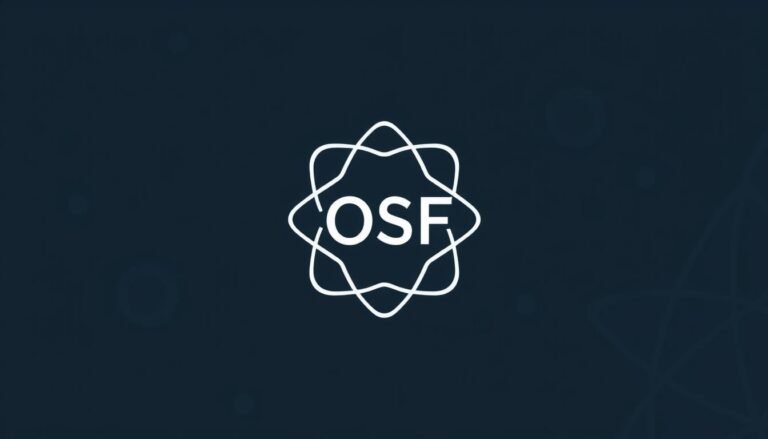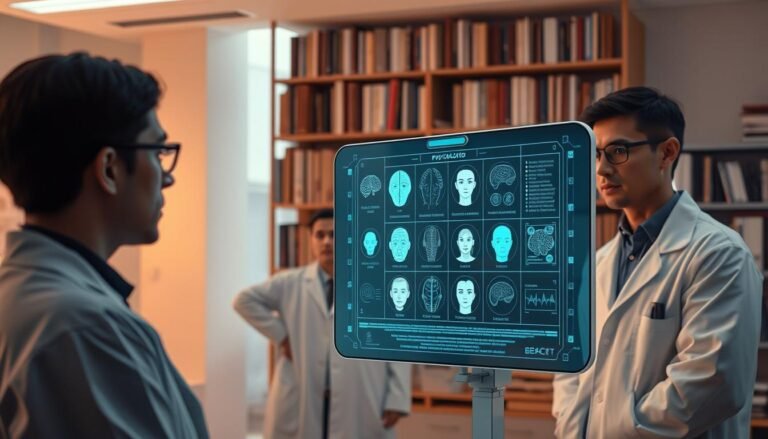
Introduction
Imagine standing on the brink of a great challenge, heart racing, palms sweating, and a voice in your head whispering all the reasons you can’t succeed. We’ve all been there—facing self-doubt and uncertainty. But what if I told you that the journey from doubt to confidence is not only possible but also essential for personal success? This journey requires building self-efficacy, a powerful concept defined as one’s belief in their ability to succeed in specific situations or accomplish a task.
In this article, we will explore From Doubt to Confidence: Building Self-Efficacy for Personal Success, uncovering unique strategies, illustrating them with compelling case studies, and providing actionable insights to help you elevate your self-belief. Self-efficacy is the cornerstone of personal development, influencing motivation, resilience, and ultimately, your path to success. Let’s dive into this journey of transformation!
Understanding Self-Efficacy: The Foundation of Confidence
What is Self-Efficacy?
Self-efficacy stems from the work of psychologist Albert Bandura, who proposed that belief in one’s capabilities can significantly impact one’s capacity to tackle challenges. It is not about general self-esteem but is task-specific. For example, a person may feel highly capable in their professional skills but doubt their abilities in social situations.
Key Components of Self-Efficacy:
- Mastery Experiences: Success builds confidence; failures undermine it.
- Vicarious Experiences: Observing others succeed raises beliefs in one’s abilities.
- Verbal Persuasion: Encouragement from others can enhance self-belief.
- Emotional States: Positive moods enhance perceived self-efficacy.
The Importance of Self-Efficacy in Personal Success
Self-efficacy is essential for personal success, influencing how we approach challenges, set goals, and persist through difficulties. Individuals with high self-efficacy tend to take on challenges and persevere longer, leading to greater achievements. In contrast, those with low self-efficacy may avoid challenges altogether, fearful of failure.
Case Study: The Rise of J.K. Rowling
Consider J.K. Rowling, the author of the Harry Potter series. Before her monumental success, Rowling faced numerous rejections from publishers, struggled with depression, and lived in poverty. However, her belief in her story—the mastery experience—propelled her forward. Rowling’s journey from doubt to confidence exemplifies how building self-efficacy can lead to remarkable outcomes.
Table 1: Key Differences Between Low and High Self-Efficacy
| Aspect | Low Self-Efficacy | High Self-Efficacy |
|---|---|---|
| Goal Setting | Avoids challenges, sets lower goals | Embraces challenges, sets high goals |
| Persistence | Gives up quickly | Persists despite obstacles |
| Emotional Resilience | Easily discouraged | Manages stress effectively |
| Motivation | Lacks drive | Driven and focused |
| Learning Approach | Prefers easy tasks, avoids difficult ones | Seeks challenges as growth opportunities |
Transitioning from Doubt to Confidence
1. Acknowledging and Addressing Self-Doubt
To embark on the journey of From Doubt to Confidence: Building Self-Efficacy for Personal Success, the first step is recognizing self-doubt’s presence. Consider journaling to explore your thoughts and feelings about your abilities. Acknowledge when doubt arises, and don’t shy away from those feelings—embracing them is the first step towards transformation.
2. Setting Small, Achievable Goals
Small, manageable goals can significantly enhance self-efficacy. By starting with tasks that are within reach, you gradually build confidence. For instance, if you aim to improve your public speaking skills, begin by speaking in front of a small group of friends or colleagues. Celebrate those small victories; they contribute to the larger goal.
Case Study: The Transformation of Tim Ferriss
Tim Ferriss, author of "The 4-Hour Workweek," exemplified this principle when he aimed to overcome his fear of public speaking. Instead of attempting to speak at major conferences right away, he began by speaking at small meetups. Gradually, he built confidence and honed his skills, leading to a successful speaking career.
3. Learning from Failure
Embrace failure as a learning opportunity. Understand that everyone faces setbacks; what matters is how you respond. Reflect on past failures without judgment and extract valuable lessons. This approach not only builds resilience but also enhances self-efficacy as you realize your capacity to bounce back.
4. Seek Supportive Relationships
Surround yourself with positive influences who encourage and believe in you. Verbal persuasion—words of encouragement—can significantly boost your self-efficacy. Engage with mentors or peer groups, as they provide insight and encouragement, helping you navigate challenges more effectively.
Table 2: Strategies for Building Self-Efficacy
| Strategy | Description |
|---|---|
| Acknowledge Self-Doubt | Recognize and write about your self-doubt |
| Set Achievable Goals | Start with small tasks to build confidence |
| Learn from Failure | Reflect on past challenges for growth |
| Seek Support | Surround yourself with positive influences |
Building Long-Term Self-Efficacy
5. Continuous Learning
Engage in continuous learning to expand both your skills and confidence. Knowledge reduces anxiety and builds competence. Invest time in mastering new skills through workshops, online courses, or reading. Increasing your knowledge empowers you to face challenges with confidence.
6. Visualization Techniques
Visualization is a powerful tool used by athletes and successful individuals to enhance self-efficacy. Imagine yourself succeeding in your endeavors vividly. This mental rehearsal can prepare you for real-life challenges, increasing your belief in your abilities.
Case Study: Olympic Athletes and Visualization
Many Olympic athletes utilize visualization techniques to improve performance. For instance, swimmer Michael Phelps visualized his races repeatedly before competing, which helped him stay focused and build confidence. This tactic showcases how mental imagery can significantly impact performance and self-efficacy.
7. Celebrating Progress
Recognizing and celebrating your achievements, regardless of size, can create a positive feedback loop. Create a "success board" where you can post accomplishments. This visual reminder of your journey fosters confidence and motivates continued effort.
8. Embracing Challenges
Take calculated risks and embrace challenges as opportunities for growth. Face your fears head-on. When you step out of your comfort zone, you not only build self-efficacy but also expand your capabilities.
Conclusion
The journey From Doubt to Confidence: Building Self-Efficacy for Personal Success is not a straight path but a winding road filled with lessons and triumphs. By recognizing self-doubt, setting achievable goals, learning from failures, and surrounding yourself with supportive relationships, you can cultivate an unshakeable sense of self-efficacy that propels you toward success.
As you take steps to build your self-efficacy, remember that each small victory is a building block on your path to personal development. Never underestimate the power of belief in yourself—it’s the first step toward transforming dreams into reality.
FAQs
1. What is self-efficacy, and why is it important?
Self-efficacy is the belief in your ability to succeed in specific situations. It significantly influences motivation, resilience, and success in personal and professional endeavors.
2. How can I overcome self-doubt?
Overcoming self-doubt involves acknowledging it, setting achievable goals, learning from failures, and seeking support from others.
3. Can self-efficacy be developed?
Yes, self-efficacy can be developed through positive experiences, skill-building, support from others, and through visualizing successful outcomes.
4. Why is celebrating small victories important?
Celebrating small victories reinforces confidence, fosters motivation, and serves as a visual reminder of progress on the journey towards larger goals.
5. What role does learning play in building self-efficacy?
Continuous learning enhances competence and confidence. As you acquire new skills and knowledge, you diminish anxiety around challenges and strengthen your self-belief.
In your journey of From Doubt to Confidence: Building Self-Efficacy for Personal Success, remember that transformation is a process, and every small investment in your self-belief counts. Celebrate your journey, embrace challenges, and unlock your true potential!

















